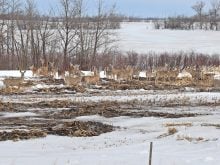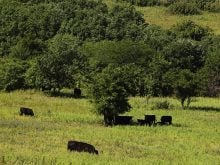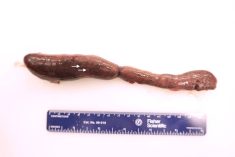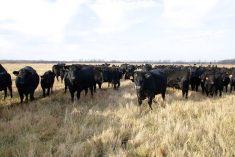Paying close attention to calf health in the first week of life will decrease mortality and increase growth and returns to cow-calf producers.
When we think about prevention of calf mortality, three main things come to mind, and I hope this review will eliminate the need for more calf treatments.
For scours, the biggest factor is to prevent the first case. Scours vaccinations for cows, clean surroundings at calving with lots of bedding, and insuring adequate colostrum are vital. It’s easy to say, but hard to do.
Read Also
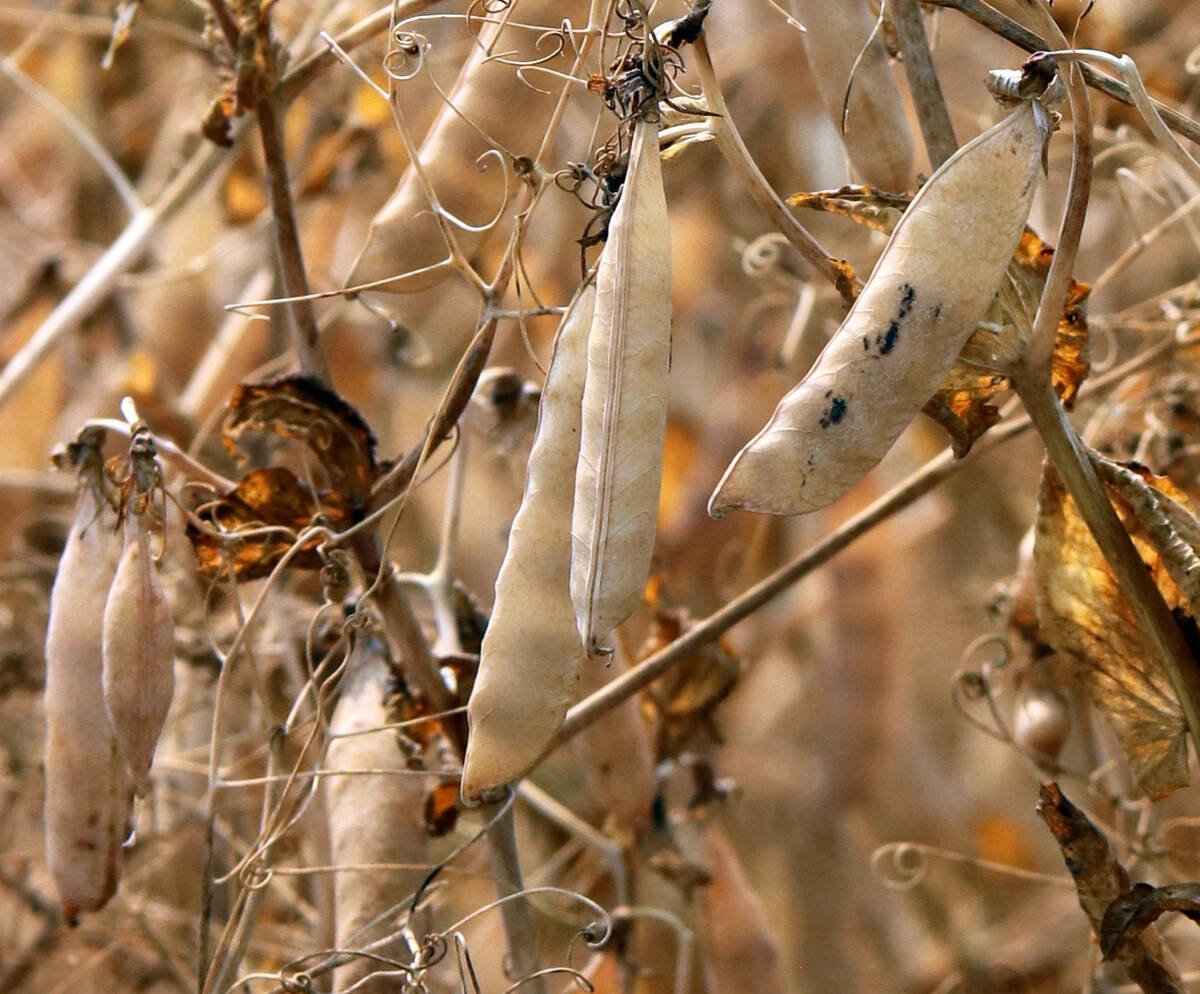
Trump’s tariffs take their toll on U.S. producers
U.S. farmers say Trump’s tariffs have been devastating for growers in that country.
Colostrum supplements such as Headstart can be provided in the first four hours of life if necessary, as might be the case with twins, hard pulls, big calves that are slow to rise and those that are hypothermic.
We would save more calves by really paying attention to ensure they mother up and suck in the first few hours of life. Do the calving check and then another quick check on newborns to identify problems early.
Tubing is a great second alternative if calves don’t suck on their own. Remember that it takes the first half-litre to fill the rumen, followed by spill over into the fourth stomach, which is where the colostrum should go.
Isolate any cases of scours with their mothers and under a veterinarian’s guidance, give high-energy electrolytes.
Veterinarians will check for cryptosporidiosis because that requires different treatment. If it is crypto, note that it can be passed to people so ensure adequate hand-washing and hygiene because catching crypto is not fun.
Adequate colostrum is also important to prevent pneumonia. Intranasal vaccines given early in life can protect against common viral and bacterial pathogens. The calf’s immune system response to the vaccine and exposure level play a role and it’s important to recognize and quickly treat any cases of pneumonia that occur.
Take a temperature to see if it is high. If so, it should be reduced quickly if the antibiotic is working against the bacterial pneumonia.
NSAIDs can also reduce the temperature, which gets calves drinking again and speeds recovery. Almost all NSAIDs last a couple of days after initial treatment so that is usually all you need.
As for navel infection, a clean calving area, general cleanliness and lots of bedding has improved things immensely. In a barn setting, clean yet cool is best.
Backward calves and those born by caesarean have higher risk of navel infection. I have never been a fan of navel dipping because the irritation can sometimes cause more problems. I suggest letting them dry up naturally.
Producers can easily identify hernias, lack of a rectum, intestinal accidents and torsions as well as broken legs and severely contracted tendons. Depending on access to a veterinarian, cost and prognosis, many issues can be corrected. Most broken legs are fixable with either a cast or splint, depending on the location. It never hurts to ask the veterinarian about the prognosis.
If you have a good relationship with your veterinarian, their honest opinion should be highly regarded.
Roy Lewis works as a veterinarian in Alberta.



